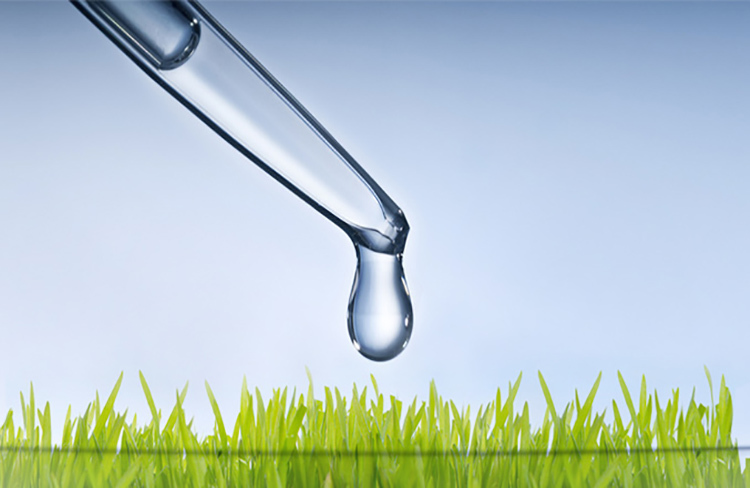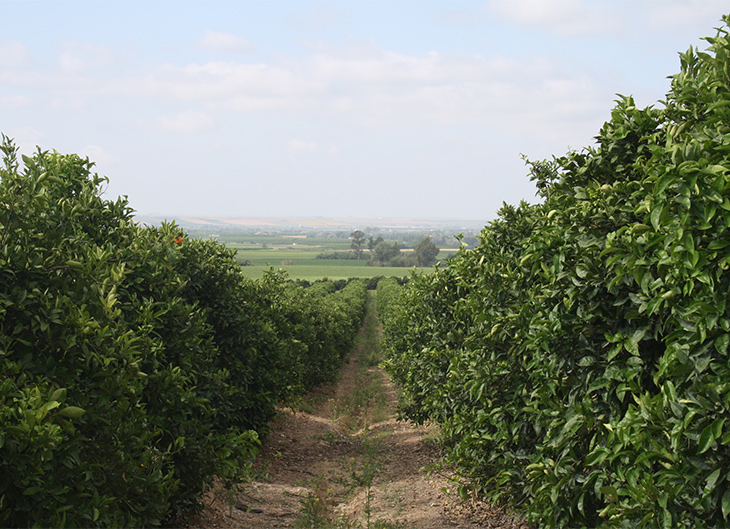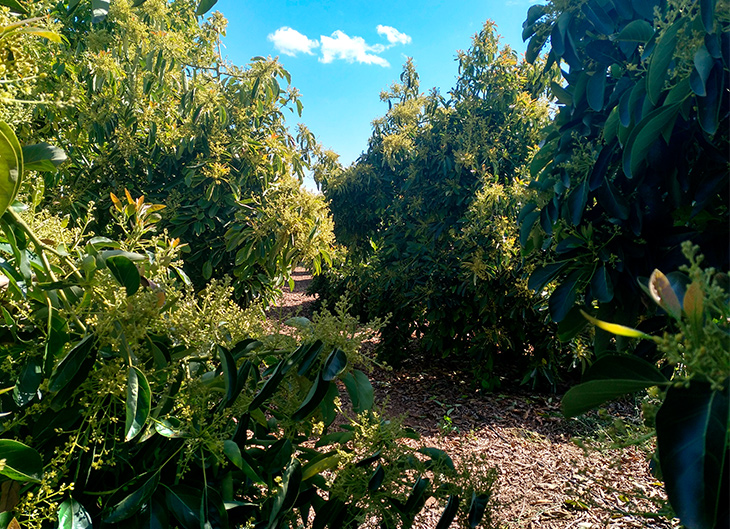
Boron in flowering and fruit setting
Boron (B) is an essential micronutrient for plant nutrition as it is responsible for translocation of sugars and other plant metabolism products; promotes pollination and curdling, has a significant effect on pollen germination and the growth of the polynic tube; participates in the regulation of growth by increasing cell division, favoring calcium assimilation and improving tissue resistance.
Boron is transported via xylema, but moves with difficulty via floema so that it does not migrate from the leaves to the new growth points, where there is a need for a regular supply of this and all nutrients.
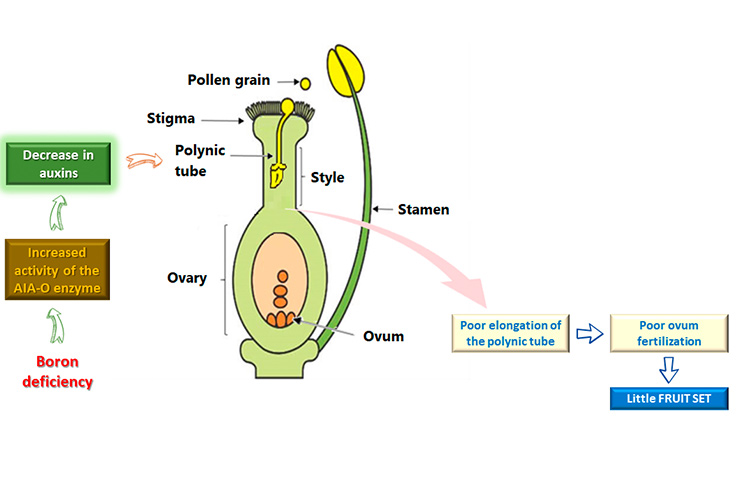
A boron deficiency during flowering and fruit set increases the activity of the enzyme AIA-Oxidase (AIA-O), responsible for reducing indolacetic acid (AIA) levels. Low levels of this hormone make it difficult to form the polynic tube thus reducing curdling levels.
Boron deficiency increases the fall of buds and flowers, causing significant reductions in seed development, curdling and fruit quality.
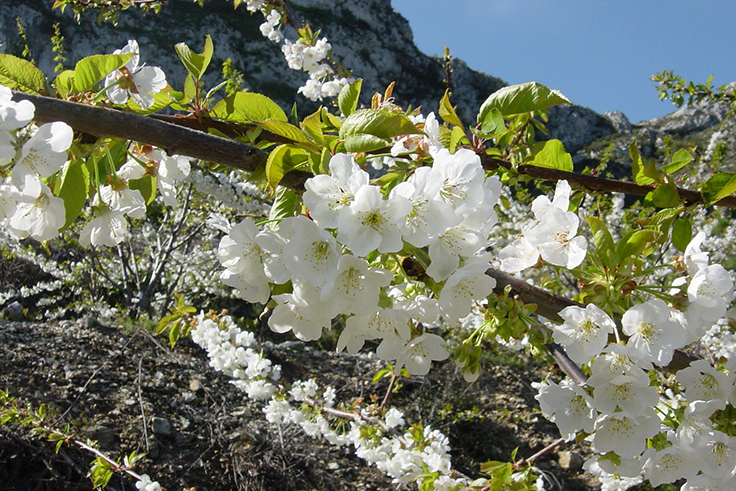
Factors affecting the availability of boron in the soil
In general, boron reserves in the soil are low and regulated by a number of factors, which influence their availability:
- – Soil texture: the boron adsorbed by the soils depends on its texture, increasing positively with the content of clay and organic matter. Thick textured soils are susceptible to boron deficiencies, as it is easily leachable and scrollable to deeper layers. The low availability of boron in soil affects crop production more negatively than vegetative growth.
- – Soil pH: Boron assimilability decreases as soil pH increases. This fact makes limestone soils prone to show deficiencies in boron, and more if there is an excess of clay, due to the strong adsorption of the borate ion.
- – Soil moisture: Heavy rains can wash boron from the soil profile, especially on acidic, coarse-textured soils. In addition, prolonged periods of drought favor the fixation of this element by moving to unavailable forms.
- – Strong temperature and luminous intensity accentuate symptoms of boron deficiency.
- – Interactions with other nutritional elements: high nitrogen fertilization could induce boron deficiency. In addition, other studies show a synergy between boron and phosphorus, potassium, calcium and magnesium absorptions.
Excess boron can limit the absorption of potassium and magnesium. Special mention deserves its close interaction with calcium, within optimal ranges of both nutrients, behave as synergistic, but poor or excessive values of one of them, negatively affects the nutritional dynamics of the other.
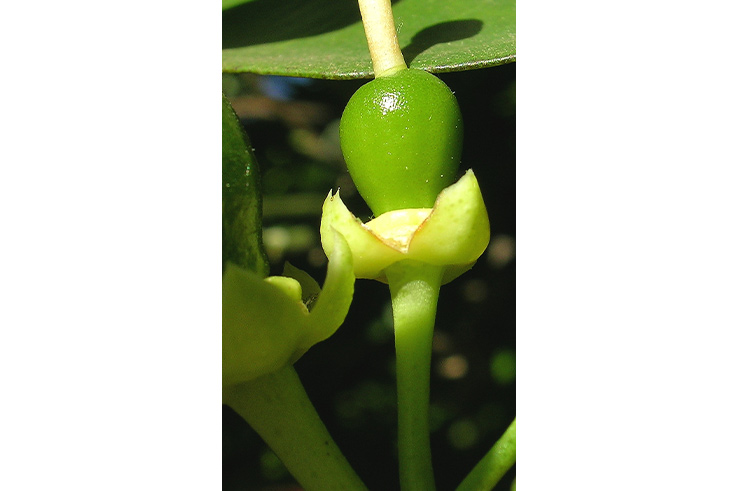
Main symptoms of boron deficiency
Internal symptoms appear at the cellular and vascular level:
- – Proliferation of deformed cells.
- – Degeneration of meristematic tissues and cell membranes.
- – Accumulation of phenolic compounds in vacuoles. Decrease in oxidizing enzyme activity.
- – Increased ascorbate oxidase activity in leaves.
- – Accumulation of nitrates and lower protein content in cytoplasm.
- – Appearance of fibrous areas.
- – Abnormal development of conductive vessels.
- – Decreased sugar content in fruits and tubers.
Boron, not moving easily from the basal leaves, has external symptoms initially in the young parts of the plant:
- – Reduced terminal growth, with death of the terminal bud, axillary shoots are stimulated by producing axillary branches or die equally, internodes are shortened. As a result you get a characteristic buttoned or terminal rosette shape and a bushy or shrinked appearance of the plant.
- – Young leaves look deformed, more or less curly, thick, brittle, small and curved inward, with asymmetrical nerves, and sometimes take dark, blue-green or brown tones and die.
- – Alteration in pollen germination and appearance of deformed fruits. The seeds have a lower viability and in citrus grows the bark/pulp ratio exaggeratedly
- – The roots thicken, sometimes become thinner and weaker, and have necrotic tips, stopping growth.
In short, boron is a fundamental micronutrient for the viability of the different growing systems (conventional, ecological,…) and depending on their availability, exogenous contributions of this microelement will be required.

